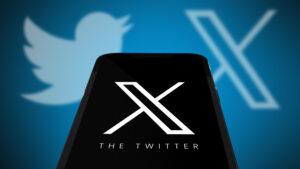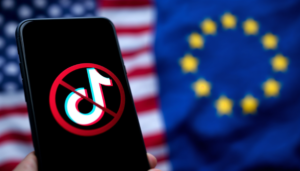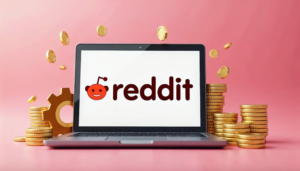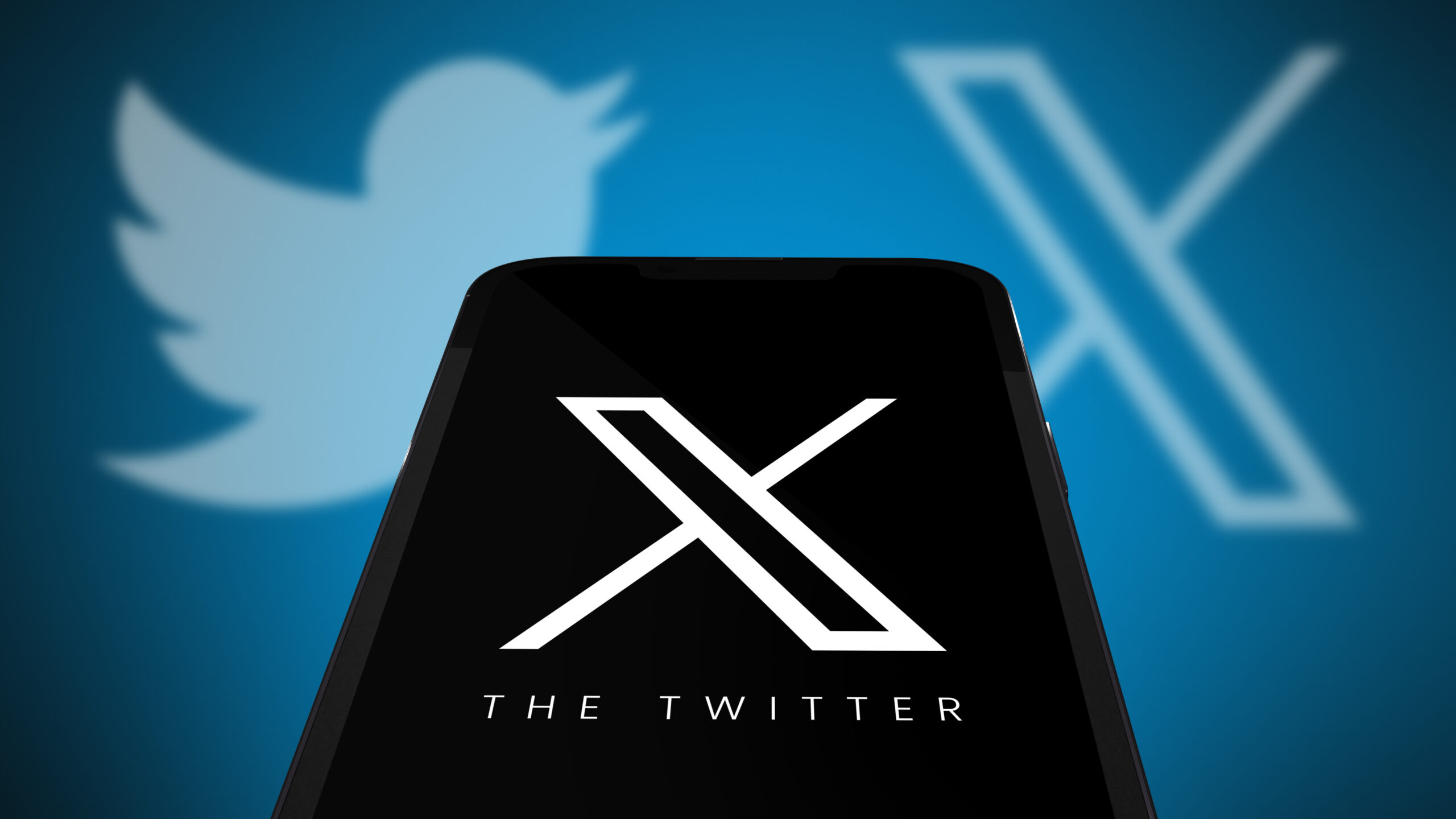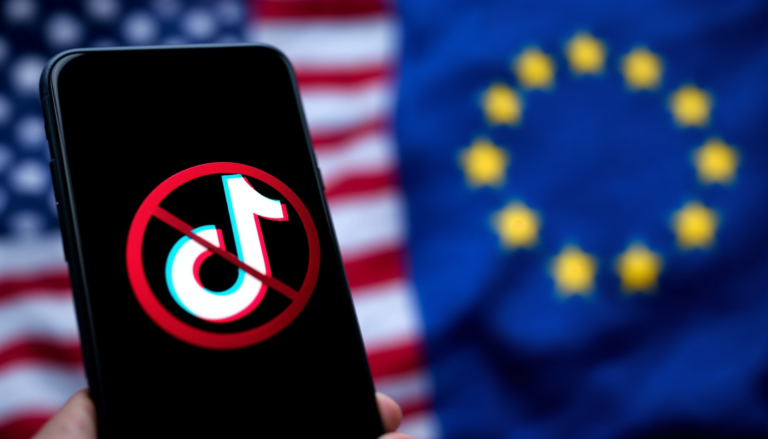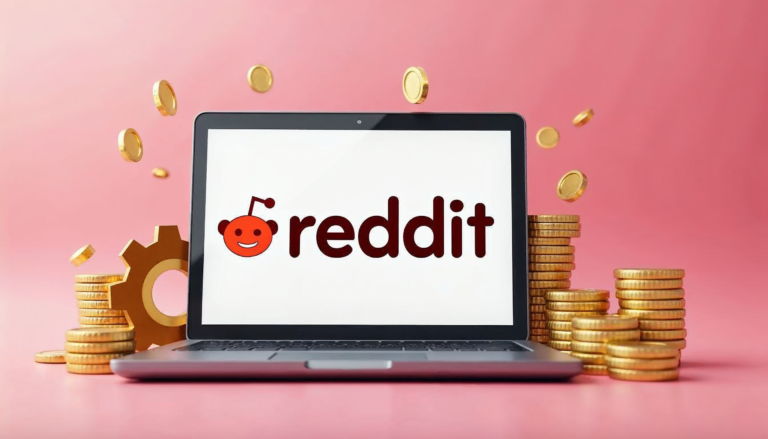In a world where social media platforms are constantly evolving to meet users’ needs and enhance user experience, Twitter has decided to make a bold move. The platform has introduced an ad-free subscription service aimed at competing with rival social media platforms like Instagram, TikTok, and Facebook, which have dominated the market for years. But what does this new initiative mean for both Twitter users and advertisers? Let’s break it down step by step.
What Is Twitter’s Ad-Free Subscription Service?
Twitter’s ad-free subscription service is an exciting new feature that aims to improve the user experience by eliminating the disruptive ads that many users find frustrating. Traditionally, Twitter has relied on ads as a primary source of revenue, but with the introduction of this new subscription service, users have the opportunity to pay for an uninterrupted experience. This means that when users sign up for the service, they won’t see any of the usual sponsored tweets, promoted content, or video ads while browsing their feeds.
The goal of this service is to provide a seamless, more enjoyable way for users to engage with Twitter without the interruptions that have become commonplace in the platform’s free version. With more people seeking ad-free experiences across various platforms, Twitter has recognized the growing demand for this type of service and responded by offering it as a premium option. It’s an innovative move, positioning Twitter as one of the few social media platforms willing to offer this alternative model.
This ad-free service is designed to cater to users who are increasingly frustrated with the rise of ads on social media. Ads can often disrupt the flow of content, break the immersion, and even become a source of annoyance for those who use platforms primarily for social interaction or news consumption. Twitter’s new service responds to these frustrations, offering a cleaner, faster experience that users are likely to appreciate, especially if they prefer browsing without distractions.
Moreover, the introduction of an ad-free service also represents Twitter’s effort to diversify its revenue streams. As more social media platforms explore ways to offer users premium experiences, Twitter is adapting by introducing a model that allows them to access the platform without the typical advertising interruptions, while also ensuring the company can still generate income through paid subscriptions. This strategic shift could help Twitter stay competitive in the increasingly crowded social media market.
Why Did Twitter Introduce the Ad-Free Subscription?
| Reason | Explanation | Benefit to Twitter | Benefit to Users | Impact on Competitors |
| Stay Competitive in the Market | Social media platforms like Instagram and TikTok are gaining popularity by offering seamless, ad-free experiences. Twitter wants to compete. | Helps Twitter align with other platforms that are already offering premium experiences. | Users get a cleaner experience without the interruption of ads. | Encourages competition with other platforms adopting similar strategies. |
| Growing Demand for Ad-Free Experience | More users are expressing frustration with constant ads on social media. Twitter recognizes this trend and responds to user feedback. | Increases user engagement by meeting demand for less disruptive browsing. | Users can enjoy Twitter without constant ad interruptions, creating a better browsing experience. | Forces competitors to reconsider how ads are integrated into their platforms. |
| Alternative Revenue Stream | Twitter’s traditional ad-based business model faces challenges as user sentiment shifts. The subscription service offers a way to diversify. | Reduces dependency on ad revenue, opening up a new revenue stream through subscriptions. | Users have the option to avoid ads by paying, making Twitter more appealing for those frustrated with ads. | Twitter’s success could inspire similar subscription-based models on other platforms. |
| Enhancing User Experience | Ads are often intrusive, breaking the flow of content. Twitter’s ad-free service creates a more fluid experience for users. | Improves the overall experience, making users more likely to subscribe and stay engaged. | A smoother, faster Twitter feed that feels less cluttered and more personalized. | Competitors may feel pressured to improve user experience to match Twitter’s offering. |
| Long-Term User Retention | By offering an appealing subscription model, Twitter hopes to retain users who are willing to pay for better service. | Increases the number of loyal, paying users who will stay engaged with the platform. | Users may feel valued and more willing to commit to the platform for an enhanced experience. | Drives innovation across the social media landscape, encouraging other platforms to offer similar options. |
How Does the Twitter Ad-Free Subscription Work?
If you’ve been wondering how the Twitter ad-free subscription works, here’s the breakdown:
- Subscription Model: Twitter users can sign up for the ad-free subscription by paying a monthly fee. The exact price is yet to be standardized, but it’s expected to be competitive with similar services in the market.
- No Ads: Once subscribed, users will be able to browse Twitter without seeing the usual display of sponsored tweets, promoted accounts, and video ads that typically appear between organic posts.
- Additional Features: Beyond ad-free browsing, the service might include other perks, such as early access to new features, exclusive content, and an enhanced user interface for paying subscribers.
- Targeting Premium Users: By offering a premium service, Twitter can create a division between regular users and paying subscribers, with the latter getting additional benefits.
The Growing Demand for Ad-Free Content
It’s becoming more and more evident that social media users are increasingly frustrated by the constant bombardment of ads. From pop-ups that interrupt your scrolling to auto-play video ads that take over the screen, the digital advertising experience can feel overwhelming. With the growing presence of advertisements on every corner of social media platforms, users are finding it harder to enjoy the content they love without being disrupted. This has led to a significant rise in demand for ad-free alternatives, where users can consume their content without interruptions.
Think about it for a moment: Have you ever been reading a funny Twitter thread or getting into a deep conversation, only for an ad to pop up unexpectedly? It completely throws you off, doesn’t it? This disruption is a problem that many users face on a daily basis. As social media platforms continue to prioritize advertising as their main source of income, the user experience can start to feel like a constant battle between consuming content and dealing with endless ads. This growing frustration has made users more open to exploring paid subscription options that promise a cleaner, more enjoyable browsing experience.
Twitter has recognized this issue and is now offering a solution. By introducing an ad-free subscription service, the platform is giving users the opportunity to enjoy their Twitter feeds without the usual interruptions from advertisements. This move addresses a key concern for many users who have become disillusioned with traditional ad-supported platforms. With the ad-free option, users will experience a smoother, uninterrupted feed, allowing them to focus on the content they care about, whether it’s engaging with trending topics, reading insightful threads, or simply staying up to date with the latest news.
The demand for ad-free content is not just about convenience—it’s about control. Users want more control over their online experience, and paying for an ad-free service gives them that power. As the digital landscape continues to evolve, platforms like Twitter are listening to the feedback of their users and adapting to the changing expectations of social media audiences. By offering an ad-free subscription, Twitter is meeting the demand for a more streamlined and user-friendly experience, which could help them retain their current users and attract new ones.
The Impact on User Experience
| Impact | Explanation | Benefit to Twitter | Benefit to Users | Potential Drawbacks |
| Improved Focus on Content | With ads removed, users can focus entirely on the content they care about—whether it’s news, trends, or conversations with friends. This makes the experience more immersive and enjoyable. | Users are likely to spend more time on the platform, which could lead to higher user engagement. | Users will have a less distracted browsing experience, making it easier to follow interesting topics. | Some users may still feel the absence of ads as an issue, especially if they miss seeing sponsored content. |
| Enhanced Speed | The removal of ads could lead to faster load times as fewer elements need to be loaded on the page. This would result in a more responsive experience while scrolling. | A faster and smoother app could increase user satisfaction, leading to higher retention rates. | A quicker experience, with less lag and faster page transitions, will make browsing Twitter more efficient. | Some users may not notice significant speed improvements depending on their internet connection. |
| A More Personalized Experience | Paying users could receive tailored features that cater specifically to their interests, creating a more individualized Twitter experience with less clutter. | Twitter could deepen its user base by offering premium features and custom experiences. | A more curated feed means users will see what they like more often, leading to a more enjoyable browsing experience. | Personalized content might make the experience feel too “engineered,” potentially limiting spontaneity. |
| Less Distraction from Ads | Ads are often intrusive and can break the flow of scrolling. By removing them, users can stay in the zone and enjoy uninterrupted browsing. | Encouraging users to pay for an ad-free experience could increase Twitter’s subscription revenue. | Users can enjoy uninterrupted access to their feed, making it more enjoyable and less frustrating. | Some users may miss occasional relevant ads or promotions. |
| Cleaner Interface | With fewer elements on the screen, Twitter’s interface will feel cleaner and more streamlined. This simplicity could enhance the overall look and feel of the platform. | A cleaner interface could be visually appealing, attracting more paying users for the subscription. | A simplified interface makes it easier to navigate Twitter, especially for users who prefer minimalistic designs. | Some users might feel the platform looks too bare-bones without ads or additional promotional content. |
Will It Affect Twitter’s Advertising Revenue?
- Targeted Ads for Non-Subscribers: While paying subscribers will have an ad-free experience, Twitter can still rely on non-subscribers to generate ad revenue. The platform may increase its focus on delivering highly targeted ads to these users based on their browsing habits, ensuring that ads are more relevant and personalized, which could drive better ad performance.
- Premium Ads for Subscribers: Twitter could introduce premium, non-intrusive ads specifically designed for subscribers. These ads would appear as sponsored content that blends seamlessly with regular tweets, allowing Twitter to maintain its revenue stream without disrupting the experience for paying users. By making these ads feel natural, Twitter could avoid alienating subscribers while still generating revenue.
- Increased Focus on Data Analytics: Twitter could use data gathered from its subscribers to refine its ad targeting strategies. With more information about user preferences, behaviors, and interests, Twitter could improve ad performance and make ads more effective for advertisers, even in a world where some users are paying for ad-free experiences.
- Offering Additional Advertising Products: To make up for potential losses in traditional ad formats, Twitter might introduce new forms of advertising or partnerships. For example, they could create unique ad products that align with the subscription model, such as sponsored features or branded content that caters to a more engaged and premium audience.
- Balancing Revenue Streams: While ad revenue from non-subscribers is crucial, Twitter could strike a balance by offering both subscription-based services and advertising. By diversifying its monetization model, Twitter can ensure that it doesn’t become overly reliant on any one revenue stream, providing stability in the long term.


